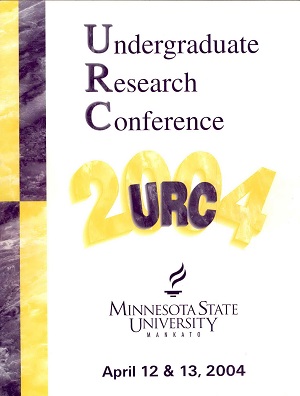50 Dollars for the Powder Room: Adapting Sexual Content in Breakfast At Tiffany's for the Silver Screen
Location
Ostrander
Start Date
13-4-2004 12:45 PM
End Date
13-4-2004 2:30 PM
Student's Major
Theatre and Dance
Student's College
Arts and Humanities
Mentor's Name
Kim Surkan
Mentor's Department
Gender and Women's Studies
Mentor's College
Social and Behavioral Sciences
Description
This paper was an examination of the societal impact on the content of sexuality depicted in the movie Breakfast at Tiffany's, in comparison with the Truman Capote novella of the same title. This study's evaluation of the Hollywood Production Code in 1961 helps to better explain the societal repression of sexual content, prevalent in the book, and in the film adaptation. Further, this examined the character Holly and the societal views that forced a change in the elements that defined her character throughout the novella. Comparing the sexuality of the character Paul with that of Holly exposed reactions to the sexuality of women and gay men—thus giving a perspective of what was acceptable for women and their sexuality in both film and literature in American society during 1961.
50 Dollars for the Powder Room: Adapting Sexual Content in Breakfast At Tiffany's for the Silver Screen
Ostrander
This paper was an examination of the societal impact on the content of sexuality depicted in the movie Breakfast at Tiffany's, in comparison with the Truman Capote novella of the same title. This study's evaluation of the Hollywood Production Code in 1961 helps to better explain the societal repression of sexual content, prevalent in the book, and in the film adaptation. Further, this examined the character Holly and the societal views that forced a change in the elements that defined her character throughout the novella. Comparing the sexuality of the character Paul with that of Holly exposed reactions to the sexuality of women and gay men—thus giving a perspective of what was acceptable for women and their sexuality in both film and literature in American society during 1961.




